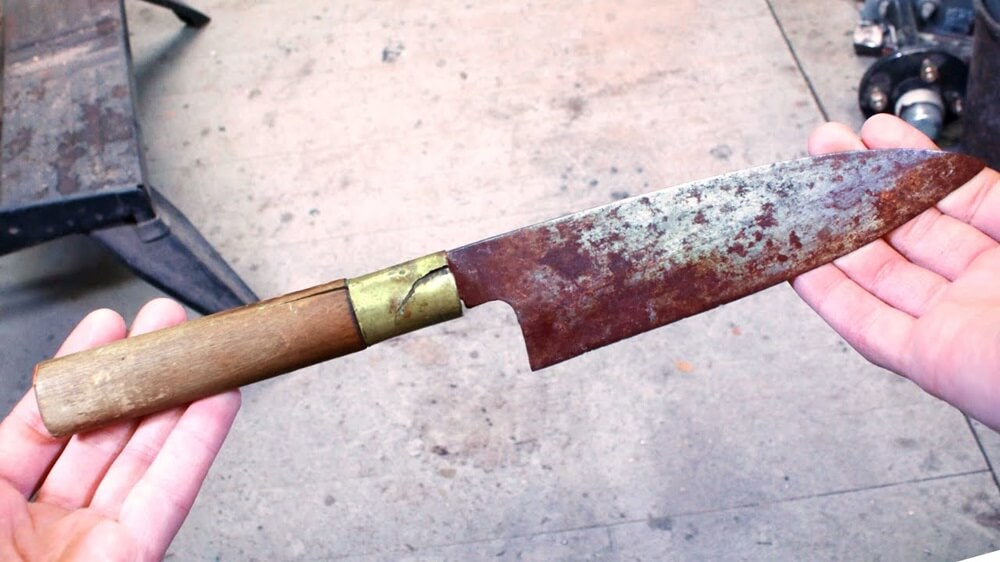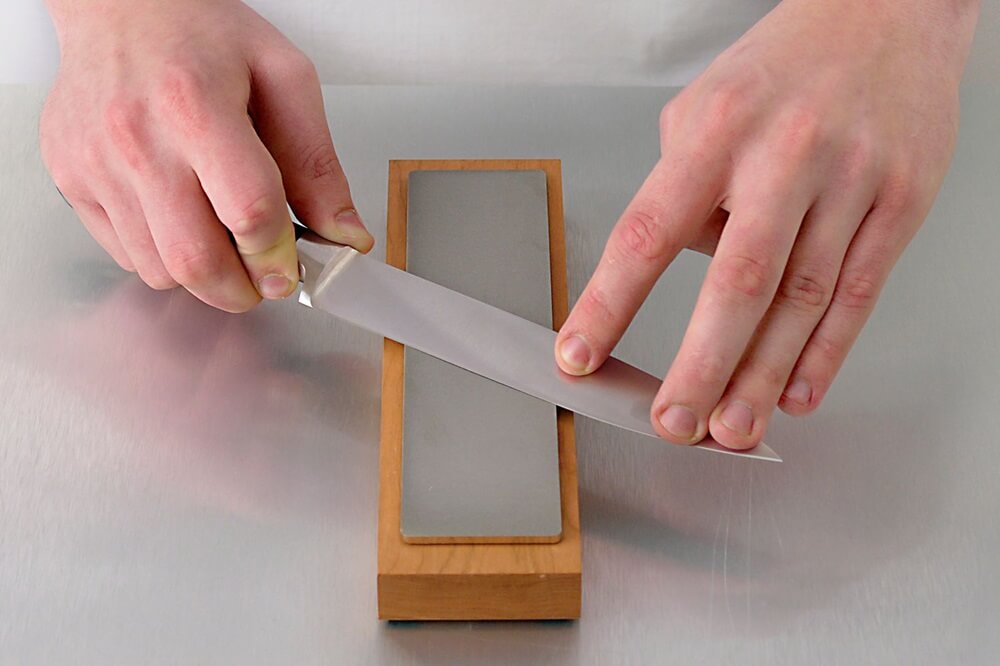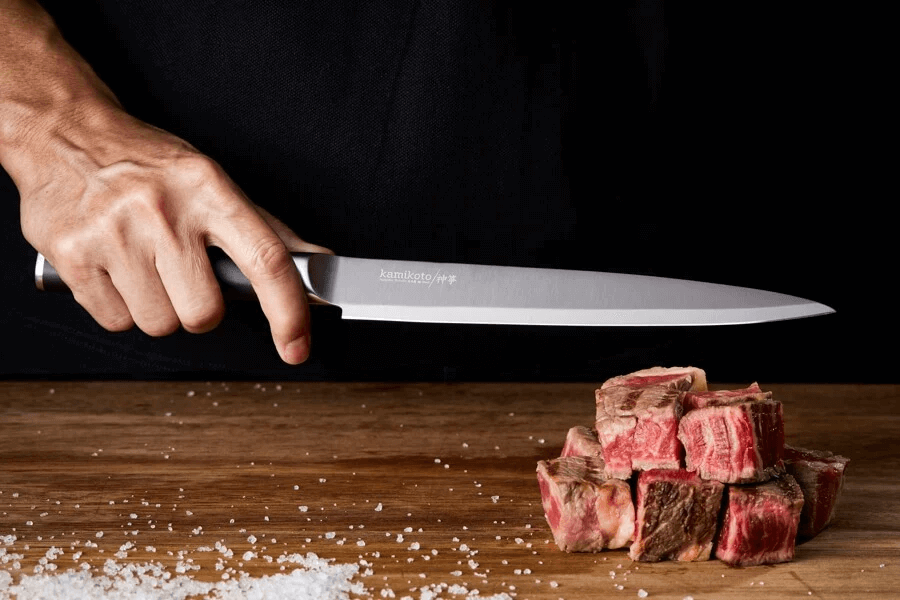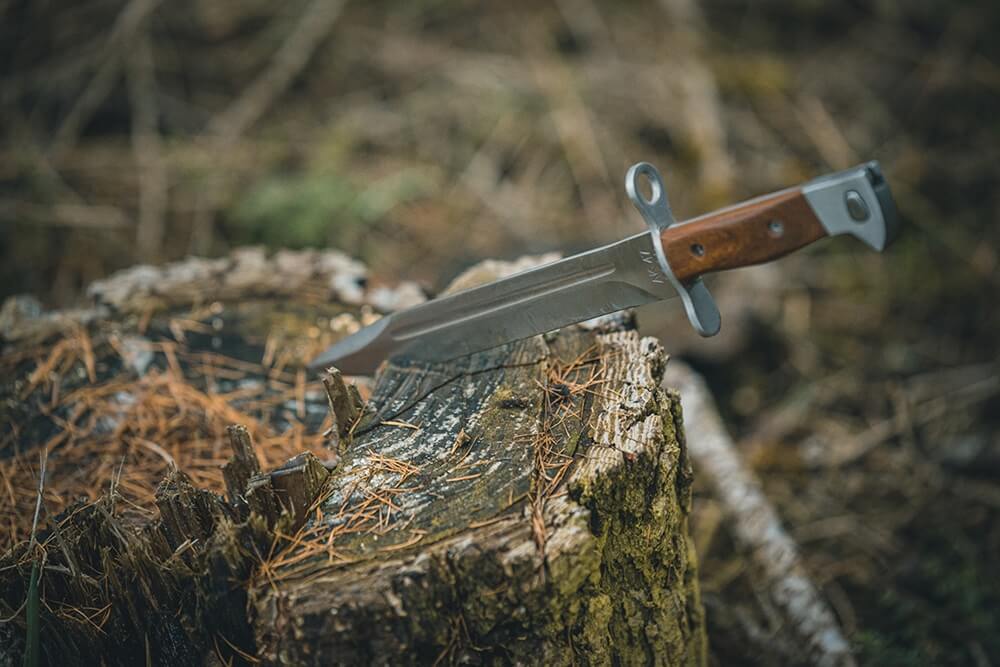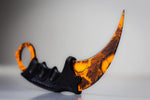
What is a Karambit Knife - Does It Good for Self-Defense?
, by Jenifer den, 9 min reading time

, by Jenifer den, 9 min reading time
A Karambit knife, originally from Southeast Asia, is a distinctive, curved blade resembling a tiger's claw. It is designed for precision and versatility and offers exceptional grip through its finger hole, allowing for various handling techniques.
Historically used for agricultural purposes, it has evolved into a famous martial arts and self-defense tool. The unique shape of the Karambit knife provides advantages in close combat, making it practical for slicing, hooking, and controlling movements.
When considering "what is a Karambit knife," it's essential to recognize its potential as a self-defense weapon due to its ergonomic design and lethal efficiency.
A Karambit knife is a curved blade from Southeast Asia designed for grip and versatility. It features a unique shape ideal for close combat, slicing, and hooking, making it a preferred choice for self-defense and martial arts.
Typically, the Karambit is carried with its blade facing upwards, positioned on the inside of the wrist, although it can also be found worn on the outside in some instances.
Drawing the Karambit involves grabbing the ring (for models with double edges) or the blade (for those with a single edge) and flicking it outward, a motion reminiscent of opening a butterfly knife.
Nevertheless, deploying a Karambit may not be as quick, given its design is intended for use alongside punches, hand strikes, and other weaponry suited for close combat.
The Karambit is often wielded in a reverse grip, meaning the sharp edge points inward towards the user's forearm, with the blade aligning with the base of the pinky finger.
Various grips can be employed to hold the knife, including a standard technique that resembles holding a pen or dagger, using one or both hands for control.
The Karambit knife, deeply rooted in Indonesian culture, is a tool of heritage and a versatile instrument adapted for contemporary use.
Its unique design, characterized by a curved blade and a ring for finger placement, ensures a secure grip for various tasks, blending traditional uses with modern demands.

For those well-versed in its use, the Karambit offers a significant tactical advantage over adversaries. Its design allows for better control and a wider array of attacking and defensive maneuvers than traditional knives, making it a safer option in combat scenarios.
It's widely acknowledged that underestimating this knife can be a mistake, as its ingeniously crafted shape seems tailor-made for the user's hand, often catching opponents off guard who might not perceive it as a threat.
Primarily favored by fighters who engage at close to medium distances, the Karambit's effectiveness is enhanced by its curved design. Originally featuring a fixed blade, the availability of a folding version in the United States today is credited to Steve Tarani's efforts in persuading knife makers to expand their design options.
A key benefit for self-defense is the Karambit's curved blade, designed for slicing movements that can penetrate through clothing and skin effectively, making it formidable against attackers, even those with protective gear.
The Karambit's unique grip, facilitated by the hole in the handle for the index finger, offers superior control and precision. This design allows users to wield the knife with exceptional talent, enabling precise strikes and better defense against multiple adversaries or in disarming situations.
Its distinctive shape makes the Karambit knife versatile and suitable for offensive and defensive actions. The blade's curve is ideal for slashing, while its tip is perfect for stabbing, offering multiple ways to confront an assailant.
Due to its compact size and agility, the Karambit excels in confined spaces like alleys or stairwells, where larger weapons would falter. It enables rapid neutralization of threats, providing a chance to escape or seek help.
Employing a Karambit knife for self-defense is a serious decision and should be a last resort. Avoiding danger and seeking professional help is paramount. Furthermore, proper training is crucial to ensure safe and effective use, as mishandling can lead to unintended harm.

Navigating the use of a Karambit knife requires skill and understanding. Here are some strategies for deploying a Karambit knife effectively in self-defense scenarios:
The forward grip stands as the primary method for handling a Karambit knife.
The reverse grip is an alternative stance for wielding a Karambit knife.
The hooking technique is a defensive maneuver, leveraging the Karambit knife's curved edge to catch an attacker's limb or weapon.
The Karambit knife, with its rich Southeast Asian heritage, offers a unique blend of functionality, safety, and tactical advantage. Embracing proper techniques, safety precautions, and legal compliance is crucial for its practical use. The Karambit remains a versatile and formidable tool for self-defense, martial arts, or utility tasks.
